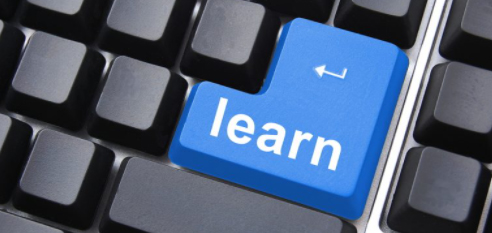We take it for granted that every employee knows how to use a PC, but this isn’t always the case. Particularly if it’s a non-tech employee.
As our workplaces and industries have become more computerized, the need for PCs has increased. And this need is one which has spread to almost every corner of the workplace. Therefore, employees that haven’t previously needed to use a PC are now being asked to use one. For example, warehouse staff and engineers may now need to detail their workload digitally for other departments to access it quickly. However, for this to be achieved effectively, these new PC users need to learn how to use a PC.
This may sound like a mountain to climb, but if you know how to train them correctly then it becomes much easier.

Training Tips for Non-Tech Employees
Everyone learns at a different pace and responds to different techniques, but the following tips should help you get everyone off to a good start:
- Don’t Get Technical: As with all forms of learning, it’s best to keep things as simple as possible. An employee who is new to using a PC doesn’t, for example, need to understand the importance of BIOS in the startup process – all they need to know that this is how the PC begins to access Windows. The complex and technical nature of the workings of a PC will be like a foreign language to new users, so it’s crucial you don’t make the learning process intimidating.
- Start with the Mouse: The mouse is the most commonly used tool on a workplace PC and it’s important you start your training with this. Your employee will need to learn how to navigate around the PC and, from the very start, this will involve the mouse. It may seem intuitive and natural – for us – to know when to left click, right click and double click, but to a beginner this is a world of uncertainty. Once they are trained into how they use a mouse they have the tools to start moving forwards.
- Provide Demonstrations: It may be possible, in theory, to learn how to use a PC from written materials, but we all know how hands-on a PC is. And that’s why you will need to ensure that all training involves a demonstration. With a trainer on hand to, for example, demonstrate the basics of updating a spreadsheet, your trainee will feel more confident in completing this task themselves and be able to ask questions.
- Do Not Overload on Training: You can’t teach an employee all they need to know about using a PC in one session. There’s simply too much. And, in fact, too much learning at once is detrimental when it comes to learning new skills. Thankfully, it’s unlikely that your employee will be going straight from paper-based working to using a PC. There will be a transition period and it’s vital that you schedule training sessions that are light, yet regular to help embed them into their new work environment.
For more ways to secure and optimize your business technology, contact your local IT professionals.







